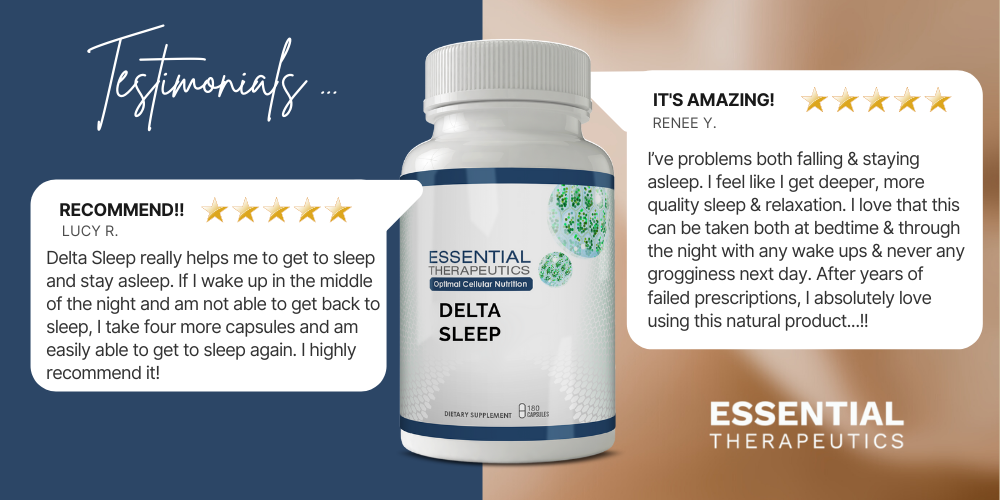Where And When To Get Tested For COVID-19
I’ve had several patients ask about getting tested for corona virus. Unless you have the common symptoms of fever, cough or shortness of breath, I don’t recommend getting tested. Better to be home and be safe.
If however you have the symptoms above, then get tested. Our lab is limiting the number of test kits we can have at any given time. We only have a few kits. To get tested you’ll need to use the CDC link below and follow the directions they provide for how, when, where to get tested in your state:
–> CDC TESTING RECOMMENDATIONS & INSTRUCTIONS
How To Make Your Own Hand Sanitizer
There is no need to spend money on overpriced hand sanitizers when you make your own.

Crazy right? 3 weeks ago you could buy for less than two dollars. Here are my suggestions for homemade hand sanitizers.
I use a homemade hydrogen peroxide sanitizer.
Hydrogen peroxide, available at most any store, is basically water with an extra oxygen atom (Hydrogen peroxide h2o2). This extra oxygen allows it to break down quickly and harmlessly into water and oxygen. Hydrogen peroxide has antibacterial and antiviral qualities.
It works better than white vinegar rubbing alcohol, acetic acid, and is less toxic than Clorox.

The effervescent nature of hydrogen peroxide makes it more effective than chlorine bleach at reaching and killing mold on porous surfaces. It is also inexpensive and readily available at grocery stores and pharmacies.
To make your own hydrogen peroxide hand sanitizer simply pour into a small, dark-colored spray bottle. Liberally spray on hands or surfaces. Wait 20 sends or so then air dry shake your hands or use a paper towel to dry.
White Vinegar Hand Sanitizer
White vinegar is an antibacterial agent that kills 99% of bacteria and viruses including the corona virus. It’s also nontoxic, nonpolluting, and edible. Use a store bought 5% solution of white vinegar and pour into a small spray bottle. Spray on hands so the entire surface of hands is wet. Rub all over, then wipe or air dry. If you’re concerned about the smell, mix with a few drops of lavender, rosemary or lemon essential oil.
Tea Tree Oil Hand Sanitizer
Mix 10 drops of tea tree essential oil and 1 teaspoon castile soap in 6 ounces water. Both are available online and at most health food stores. Tea tree oil is antibacterial, antiviral, anti-fungal, and anti-inflammatory. The castile soap functions as a surfactant to dissolve the oil. Keep in a spray bottle and spray on hands, then shake or towel dry.
Isopropyl Alcohol
Alcohol solutions with at least 70 percent alcohol are effective against Coronavirus. Do not dilute the alcohol solution. Alcohol is generally safe for all surfaces but can discolor some plastics. For convenience pour into small bottle- spray on hands or surface areas, then air dry or use a paper towel.
For Cleaning Surfaces At Home – NOT RECOMMENDED as a Hand Sanitizer
Bleach
The Centers for Disease Control and Prevention recommends a diluted bleach solution (⅓ cup bleach per 1 gallon of water or 4 teaspoons bleach per 1 quart of water) for virus disinfection. Wear gloves while using bleach, and NEVER mix it with ammonia or anything, in fact, except water. (The only exception is when doing laundry with detergent.)

Bleach can also corrode metal and harsh for many countertops- rinse surfaces with water after disinfecting to prevent discoloration or damage to the surface.
Hydrogen Peroxide
Pour it undiluted into a spray bottle and spray it on the surface to be cleaned, but let it sit on the surface for several minutes. Hydrogen peroxide is not corrosive, so it’s okay to use it on metal surfaces. But similar to bleach, it can discolor fabrics if you accidentally get in on your clothes.





Thank you Dr Murphree your the real Deal and much appreciated